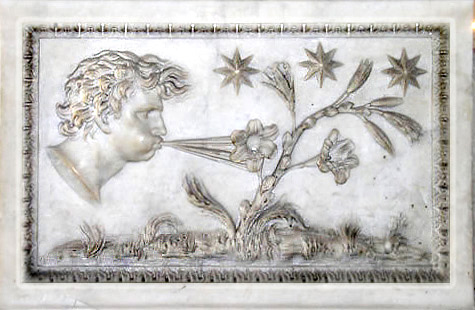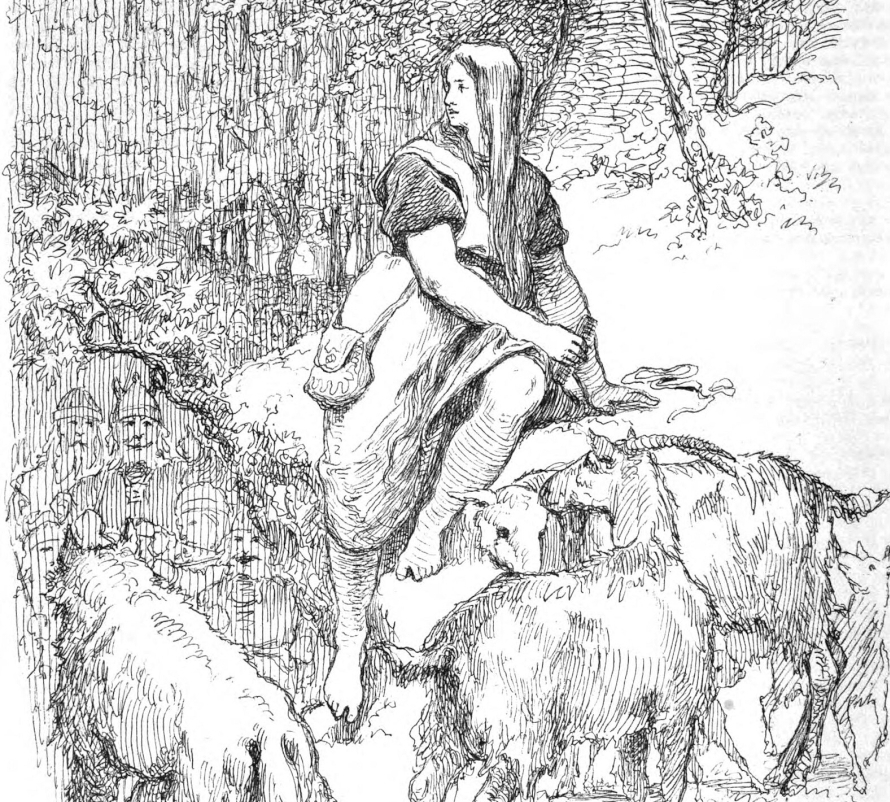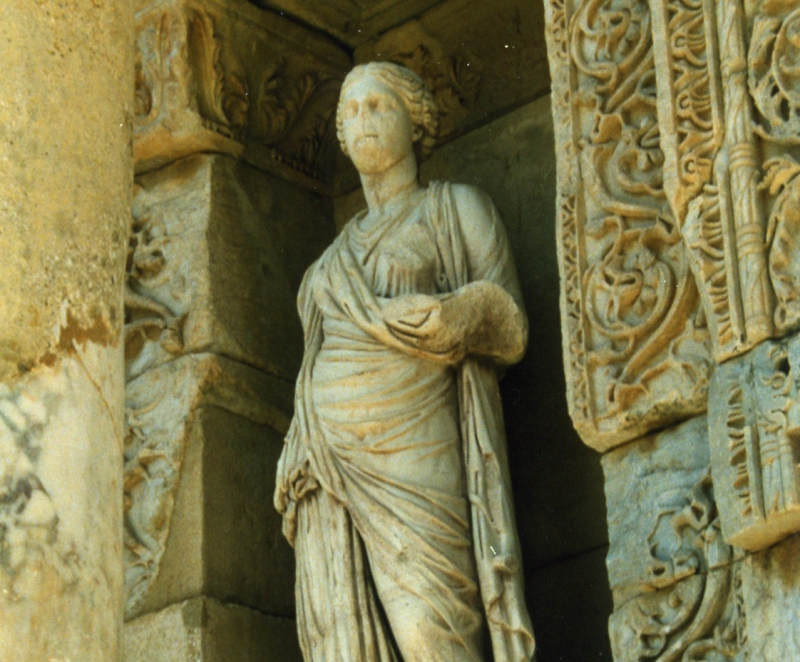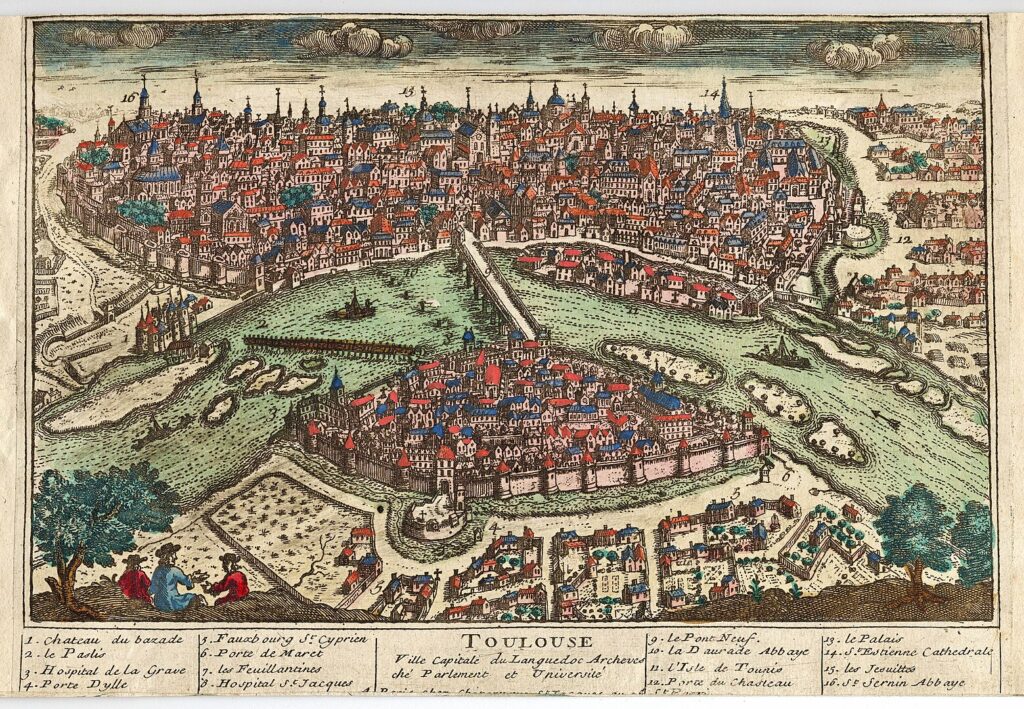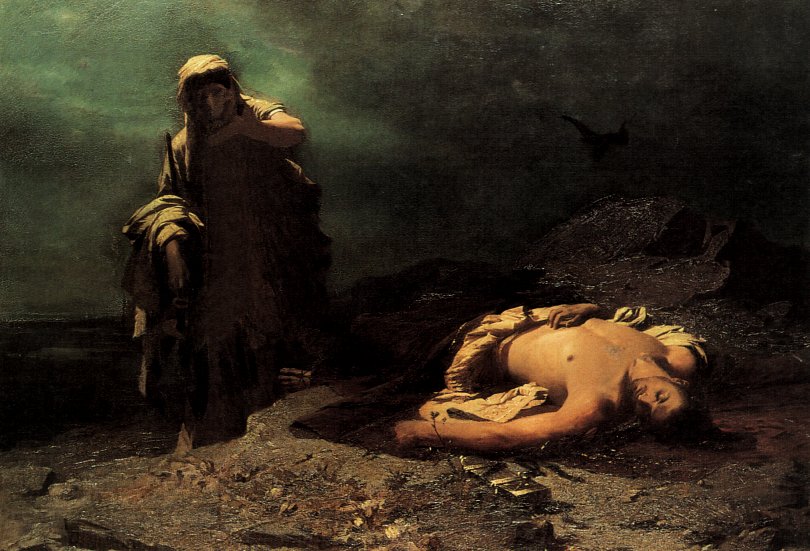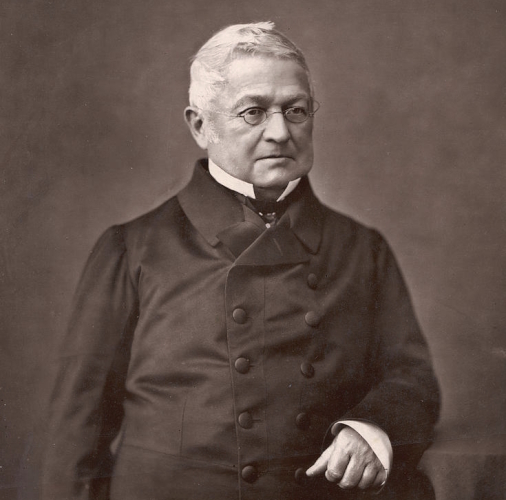Focus On: (396) Aeolia
Aiolos was the divine keeper of the winds and king of the mythical, floating island of Aiolia (Aeolia). He kept the violent Storm-Winds locked safely away inside the cavernous interior of his isle, releasing them only at the command of greatest gods to wreak devastation upon the world.
Focus On: (396) Aeolia Read Post »

